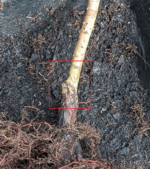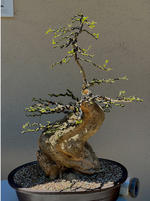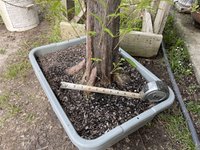andrewiles
Shohin
I don't have firsthand knowledge of the reasons, but it's probably a combination of economics and tree health. Many cultivars, esp. dwarfs and those derived from witches brooms, don't do well on their own roots. By grafting onto a seedling rootstock of the plain species you get a healthier, more vigorous plant for the nursery trade. And once you have the infrastructure set up to do that for some of your inventory you might as well do it for almost all, rather than testing which cultivars are OK on their own roots -- which can take several years.
In addition, given that grafting is so widespread, it may have higher initial success rates, and thus lower cost, than growing from cuttings.
Finally, many cultivars may not come true from seed, meaning you could not propagate a named cultivar -- or at least market it as such -- through sexual reproduction. Japanese maples are well known for this variability, hence the 1000+ cultivars on the market. Outside of bonsai nurseries you will never see a named acer palmatum cultivar on its own roots.
Here's an example of the graft junction on a gold rush I have. It's not useable as a bonsai tree, but the top can be used for air layers and cuttings of the cultivar, and the bottom can eventually become a specimen of the plain species.

In addition, given that grafting is so widespread, it may have higher initial success rates, and thus lower cost, than growing from cuttings.
Finally, many cultivars may not come true from seed, meaning you could not propagate a named cultivar -- or at least market it as such -- through sexual reproduction. Japanese maples are well known for this variability, hence the 1000+ cultivars on the market. Outside of bonsai nurseries you will never see a named acer palmatum cultivar on its own roots.
Here's an example of the graft junction on a gold rush I have. It's not useable as a bonsai tree, but the top can be used for air layers and cuttings of the cultivar, and the bottom can eventually become a specimen of the plain species.











